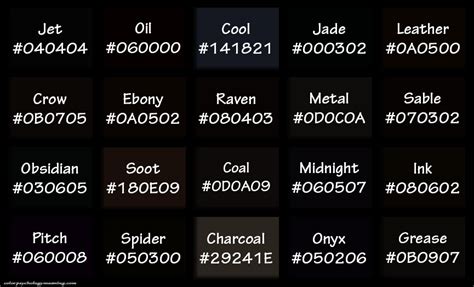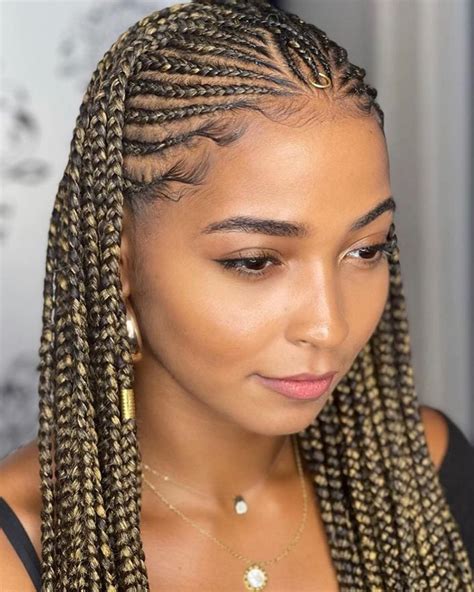1001 Styles for Every Occasion

Kinky braiding hair unveils a world of limitless possibilities, empowering you to transform your tresses with exquisite braids that turn heads. Embrace the versatility of this coveted hair type, and delve into the myriad of styles it offers.
Types of Kinky Braiding Hair
1. Kanekalon
- Synthetic fiber that mimics natural hair texture
- Heat-resistant
- Affordable and widely available
2. Senegalese Twisted
- Hand-twisted strands (two strands twisted together)
- Long-lasting and voluminous
- Natural-looking and low-maintenance
3. Marley Braids
- Thicker and coarser than Senegalese twists
- Often adorned with decorative beads or cuffs
- Resembles dreadlocks, adding a touch of bohemian chic
4. Havana Twists
- Similar to Senegalese twists, but looser and more voluminous
- Creates a soft and romantic look
- Typically made with Jumbo Braiding Hair
5. Crochet Braids
- Pre-looped hair attached to natural hair using a crochet hook
- Versatile, allowing for various styles, including box braids and locs
- Requires professional installation
Benefits of Kinky Braiding Hair
1. Protective Styling:
- Guards natural hair from damage caused by heat styling, chemical treatments, and harsh weather conditions
- Promotes hair growth and prevents breakage
2. Low-Maintenance:
- Requires minimal daily care
- Can last for weeks or even months with proper upkeep
- Perfect for busy individuals or those who prefer low-maintenance hairstyles
3. Versatile:
- Suitable for all hair types and textures
- Offers endless styling options, from intricate updos to elegant side braids and loose waves
4. Protective:
- Forms a protective layer against environmental factors
- Helps retain moisture and protect hair from the sun’s harmful UV rays
Choosing the Right Kinky Braiding Hair
1. Texture:
- Consider the texture of your natural hair
- Match the texture of the braiding hair to your own for a natural-looking blend
2. Length:
- Determine the desired length of your braids
- Choose braiding hair that is long enough to achieve your desired style
3. Color:
- Explore a wide range of colors, from natural shades to vibrant hues
- Match the color to your skin tone or personal style
4. Quality:
- Invest in high-quality braiding hair to ensure durability and prevent tangling
- Look for brands that use premium synthetic fibers or naturally derived materials
Installation Techniques
1. Box Braids:
- Divide hair into square sections and braid three strands of braiding hair to create a box-shaped braid
2. Senegalese Twists:
- Twist two strands of braiding hair together to create a rope-like twist
3. Marley Braids:
- Braid two or three strands of thicker braiding hair to form a chunky, textured braid
4. Crochet Braids:
- Use a crochet hook to attach pre-looped braiding hair to natural hair, creating a seamless blend
5. Jumbo Braids:
- Create large, chunky braids using extra-thick braiding hair, often for a bold and voluminous look
Maintenance Tips
1. Regular Cleaning:
- Use a clarifying shampoo to remove product buildup and dirt every 1-2 weeks
- Avoid using harsh shampoos or conditioners that can strip natural oils
2. Deep Conditioning:
- Apply a deep conditioner to braids every 2-3 weeks to hydrate and nourish hair
- Leave it in for 20-30 minutes, then rinse thoroughly
3. Breakage Prevention:
- Avoid brushing or combing braids excessively, as it can cause breakage
- Use a wide-toothed comb or your fingers to gently detangle
4. Regular Trims:
- Get regular trims to remove any damaged ends and keep braids looking healthy
- Trim split ends every 2-3 months to prevent further damage
5. Protective Sleepwear:
- Wear a satin bonnet or pillowcase at night to reduce friction and prevent tangles
Common Mistakes to Avoid
1. Over-Braiding:
- Avoid braiding hair too tightly, as this can cause tension, breakage, and scalp irritation
2. Heat Damage:
- Limit the use of heat styling tools on braids, as it can weaken fibers and damage hair
3. Over-Washing:
- Avoid washing braids too frequently, as it can remove natural oils and dry out hair
4. Product Build-Up:
- Avoid using excessive styling products, as they can build up on braids and make them heavy
5. Neglecting Maintenance:
- Regular maintenance, including cleaning, conditioning, and trimming, is crucial to keep braids looking fresh and healthy
Frequently Asked Questions
1. How long do kinky braids last?
- The lifespan of kinky braids varies depending on the type, installation technique, and maintenance practices. Generally, they can last anywhere from 4-8 weeks.
2. Can I swim with kinky braids?
- Yes, you can swim with kinky braids, but it’s important to take precautions to prevent water damage. Wear a swimming cap to protect your braids from chlorine and salt water.
3. Can I style kinky braids?
- Yes, kinky braids are highly versatile and can be styled in various ways. Experiment with different updos, buns, and braids to create unique looks.
4. How do I remove kinky braids?
- Removing kinky braids requires patience and care. Use a detangling spray and your fingers to gently unravel the braids. Avoid cutting or pulling, as this can damage natural hair.
5. Can kinky braiding hair damage my natural hair?
- If installed and maintained properly, kinky braiding hair should not damage natural hair. However, over-braiding, tight braids, or neglecting maintenance can lead to breakage or scalp irritation.
6. What is the best way to sleep with kinky braids?
- Use a satin bonnet or pillowcase to reduce friction and prevent tangles. Gather braids into a loose bun or sleep with a soft hair tie to prevent snagging.
